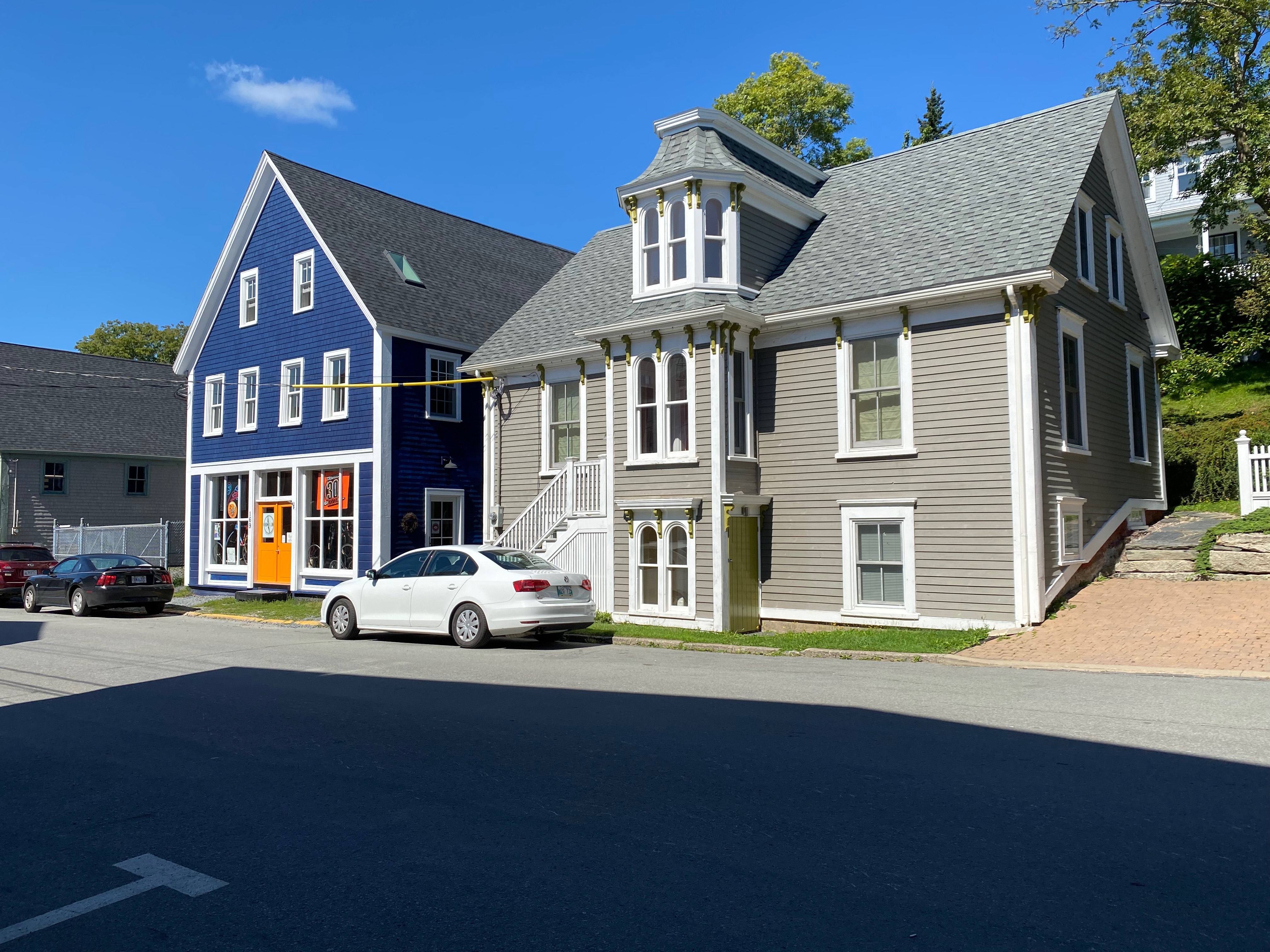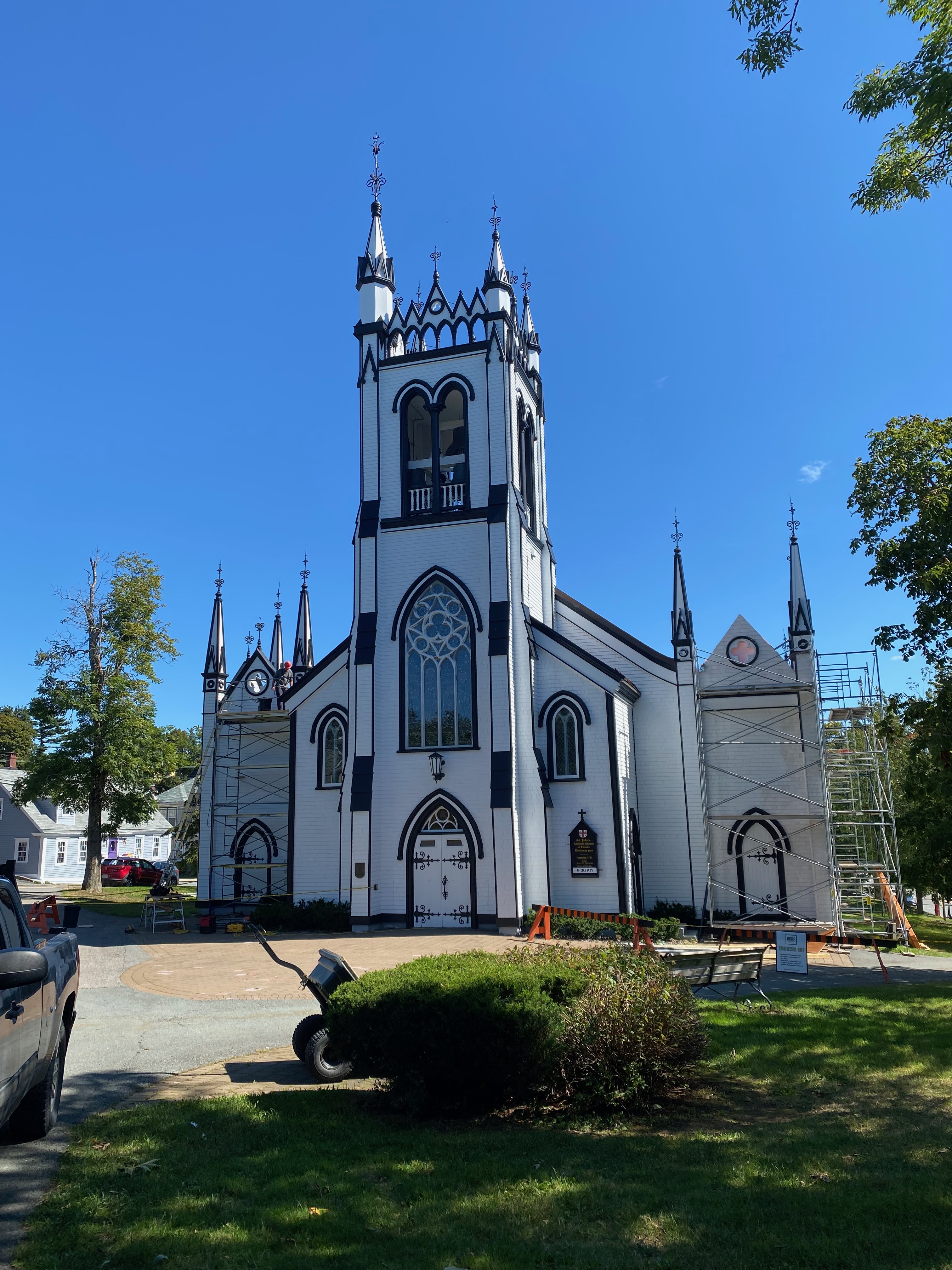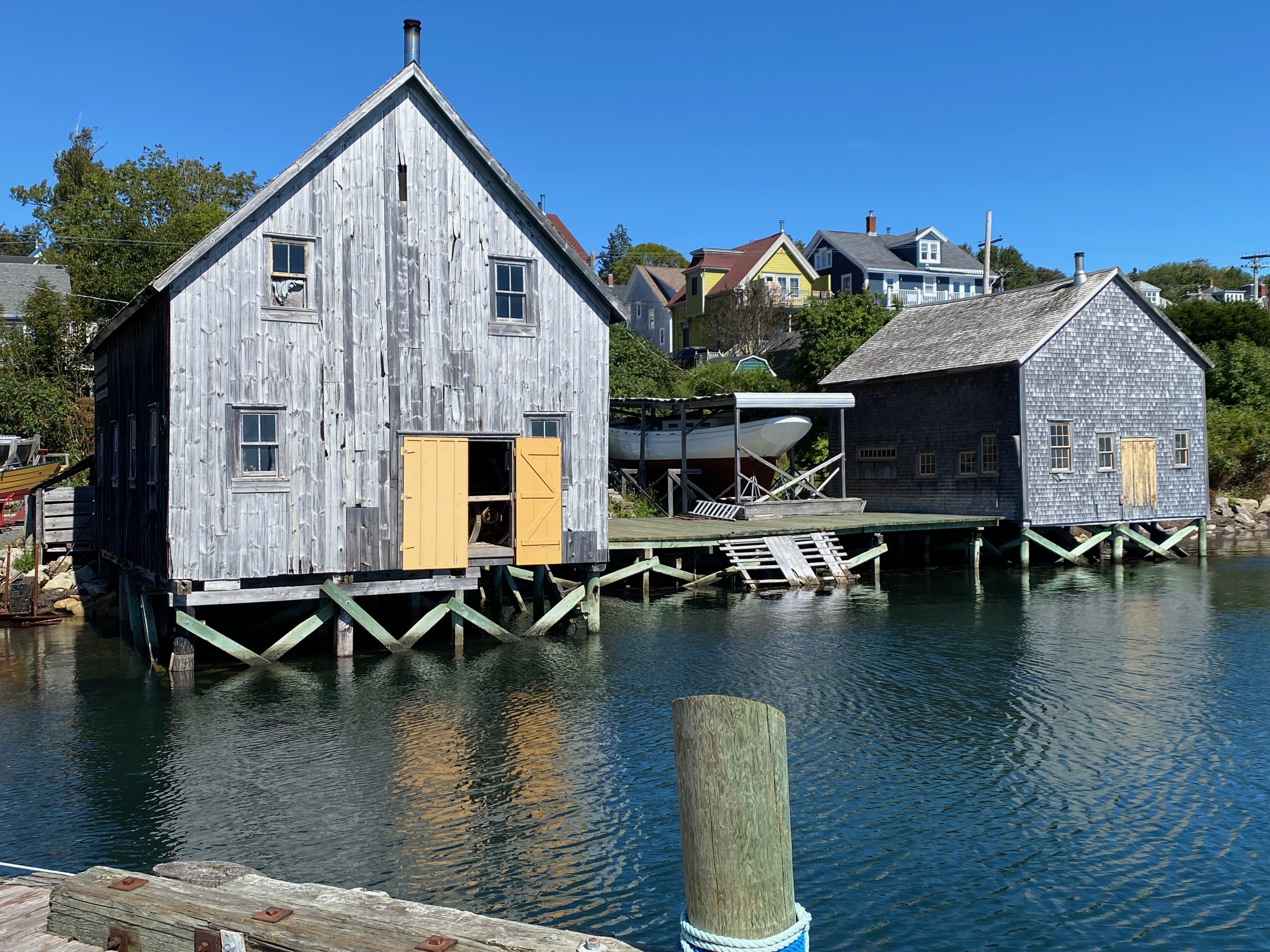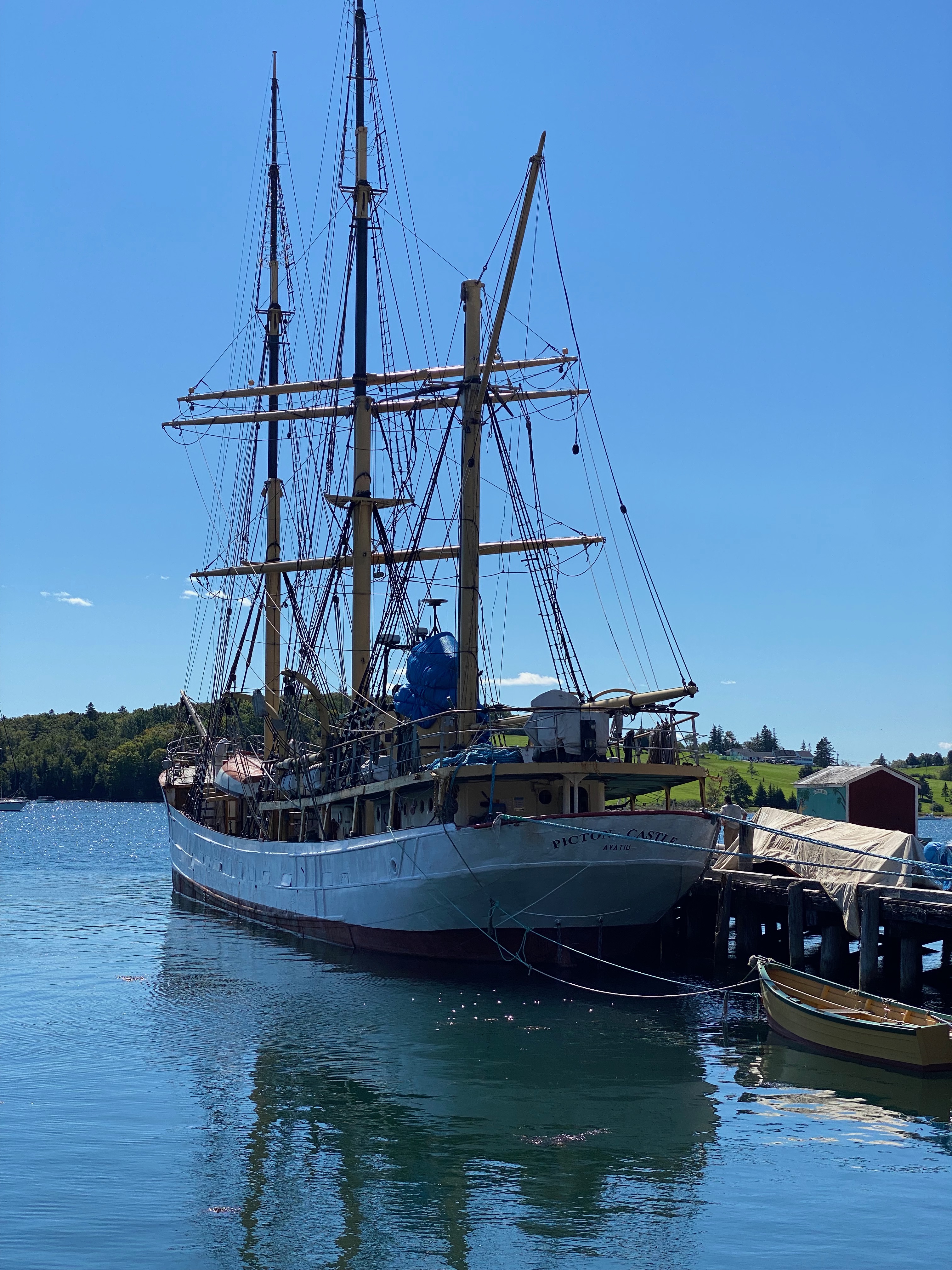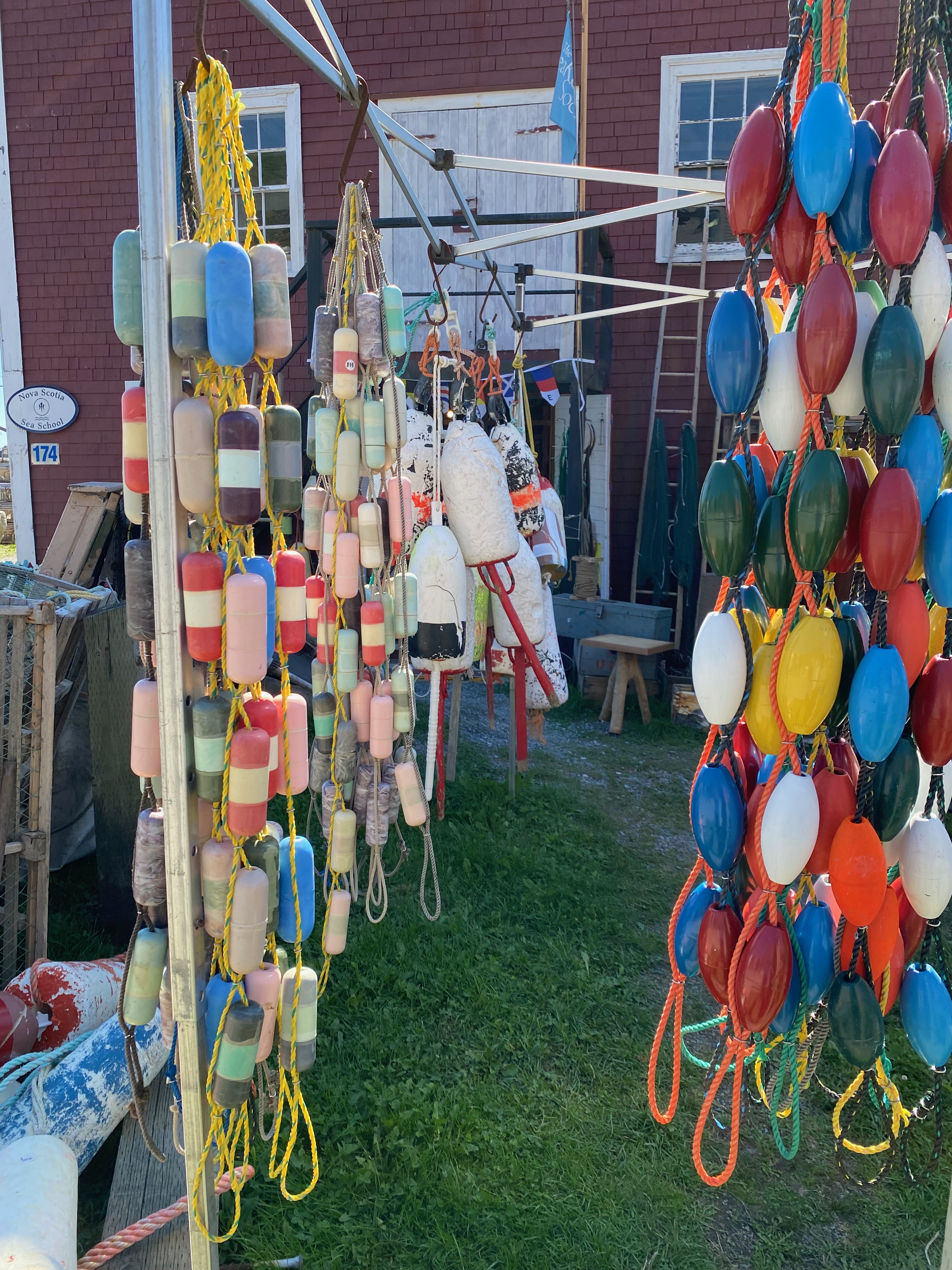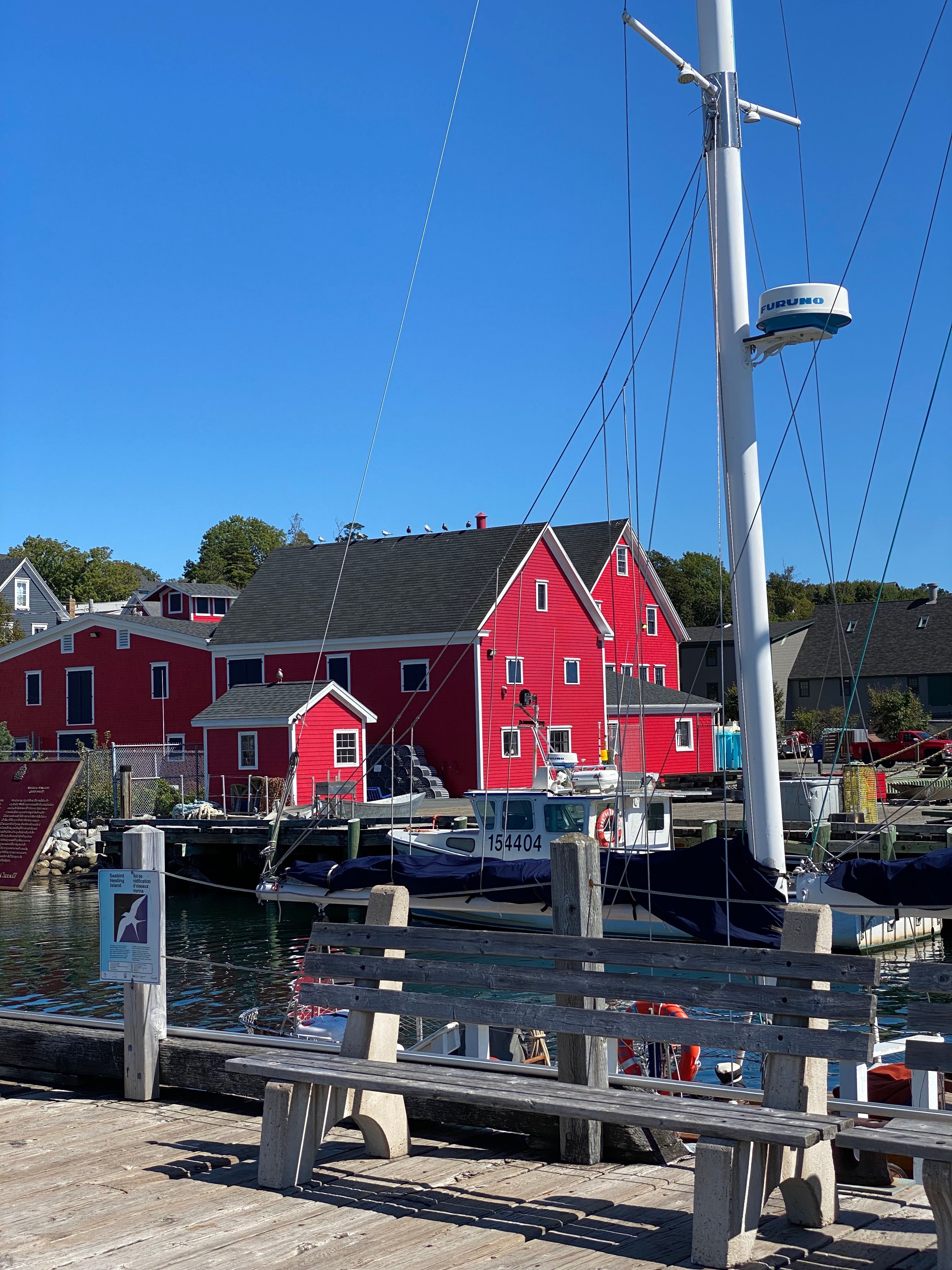Our current lodging is across the street from Summerville Beach Provincial Park, home to many a Piping Plover. It’s especially beautiful at sunset. As the sun lowers in the west the angle of the light amps up the beauty and creates very long shadows. We took a stroll to celebrate the beautiful day and crystalline horizon.
As always, click to enlarge
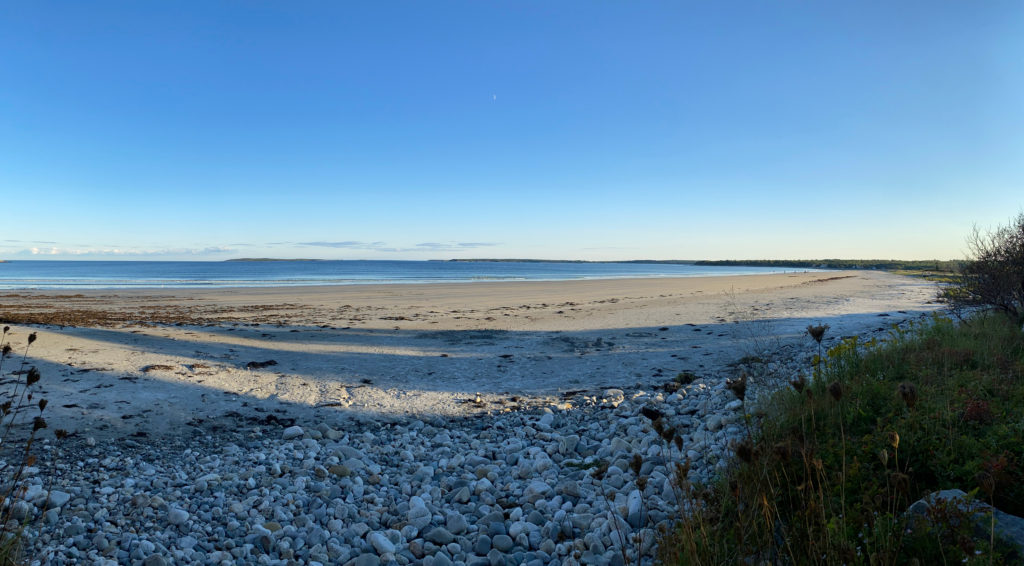
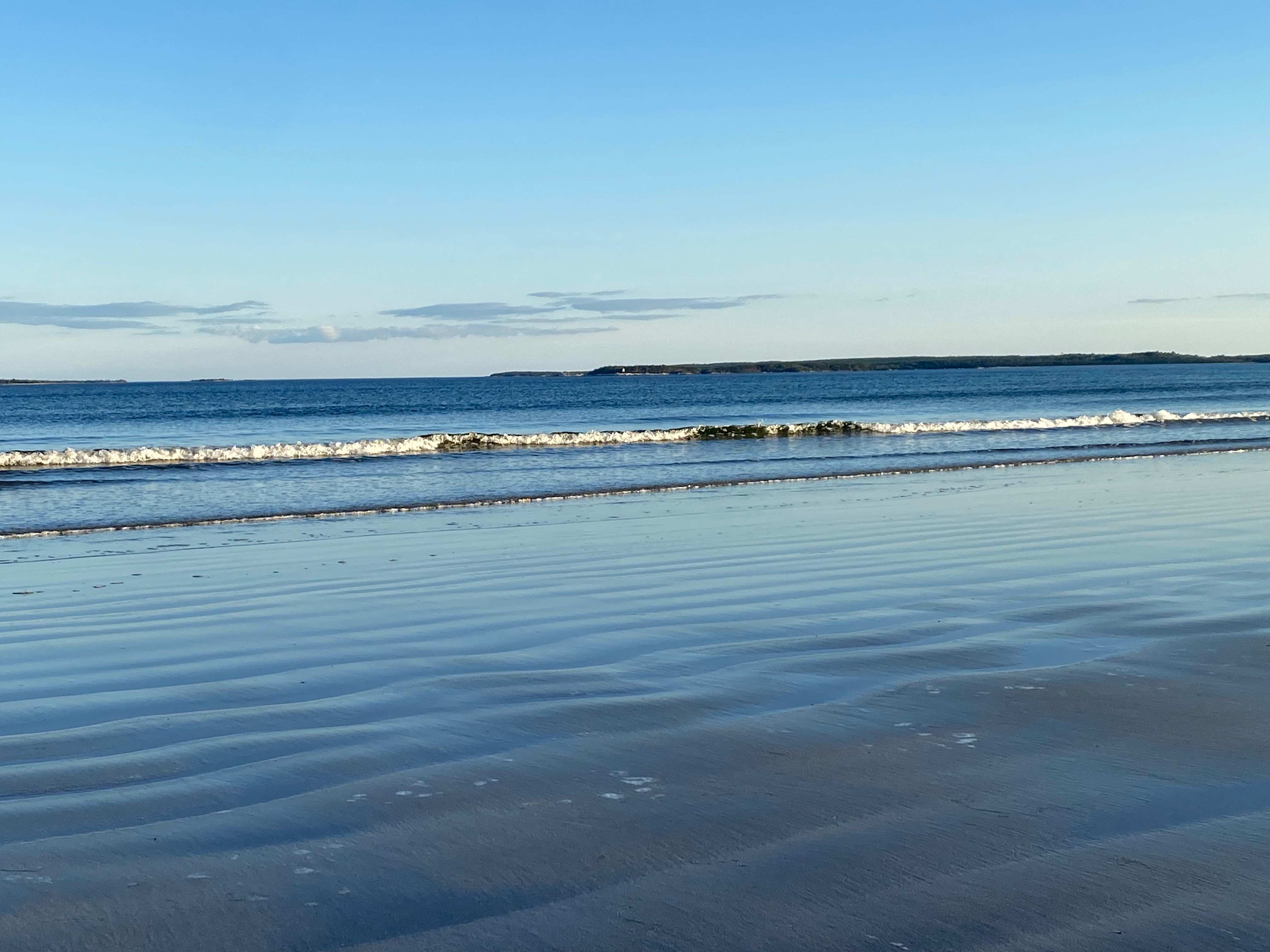
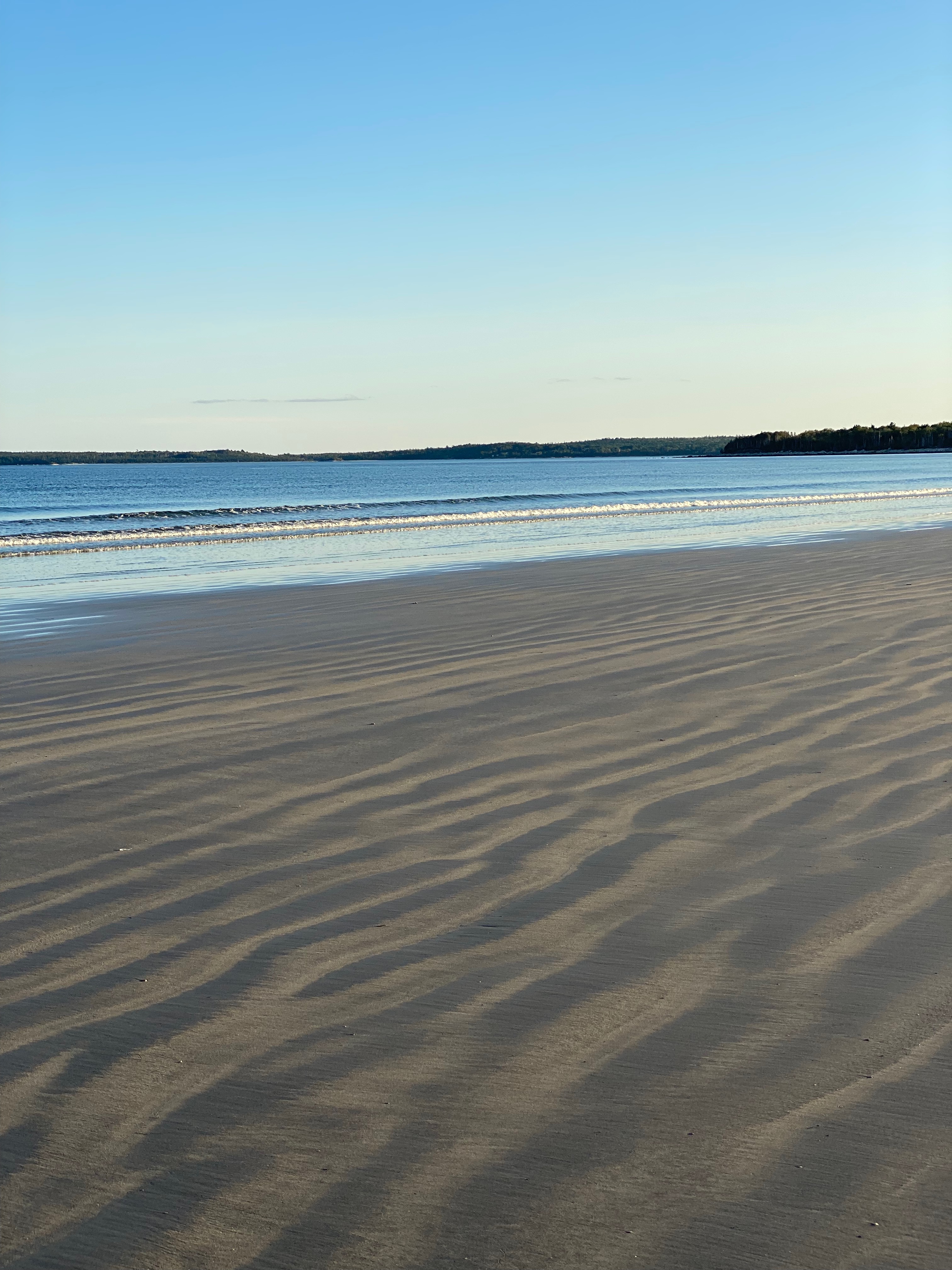
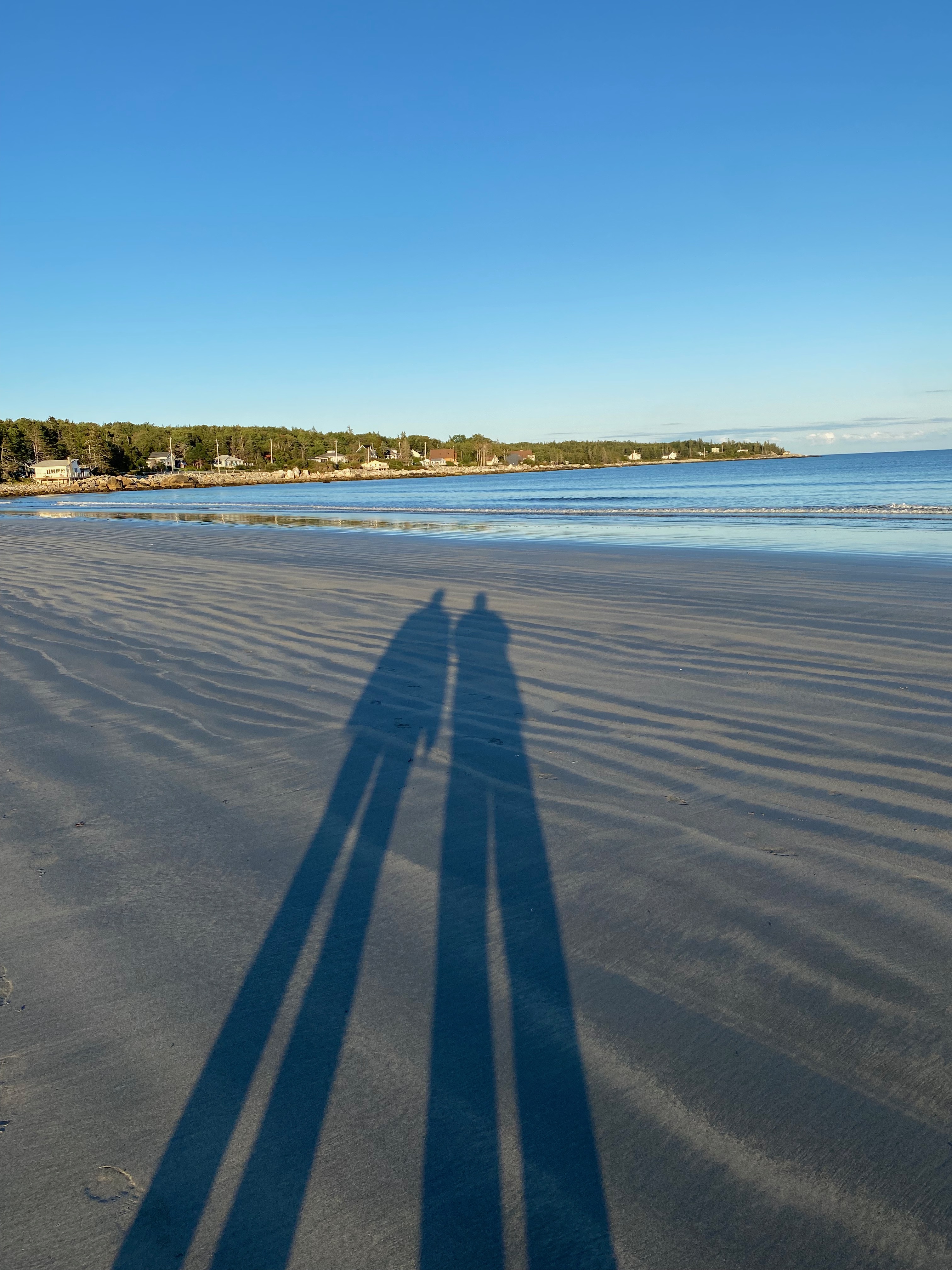
Someone spent time etching in the sand.
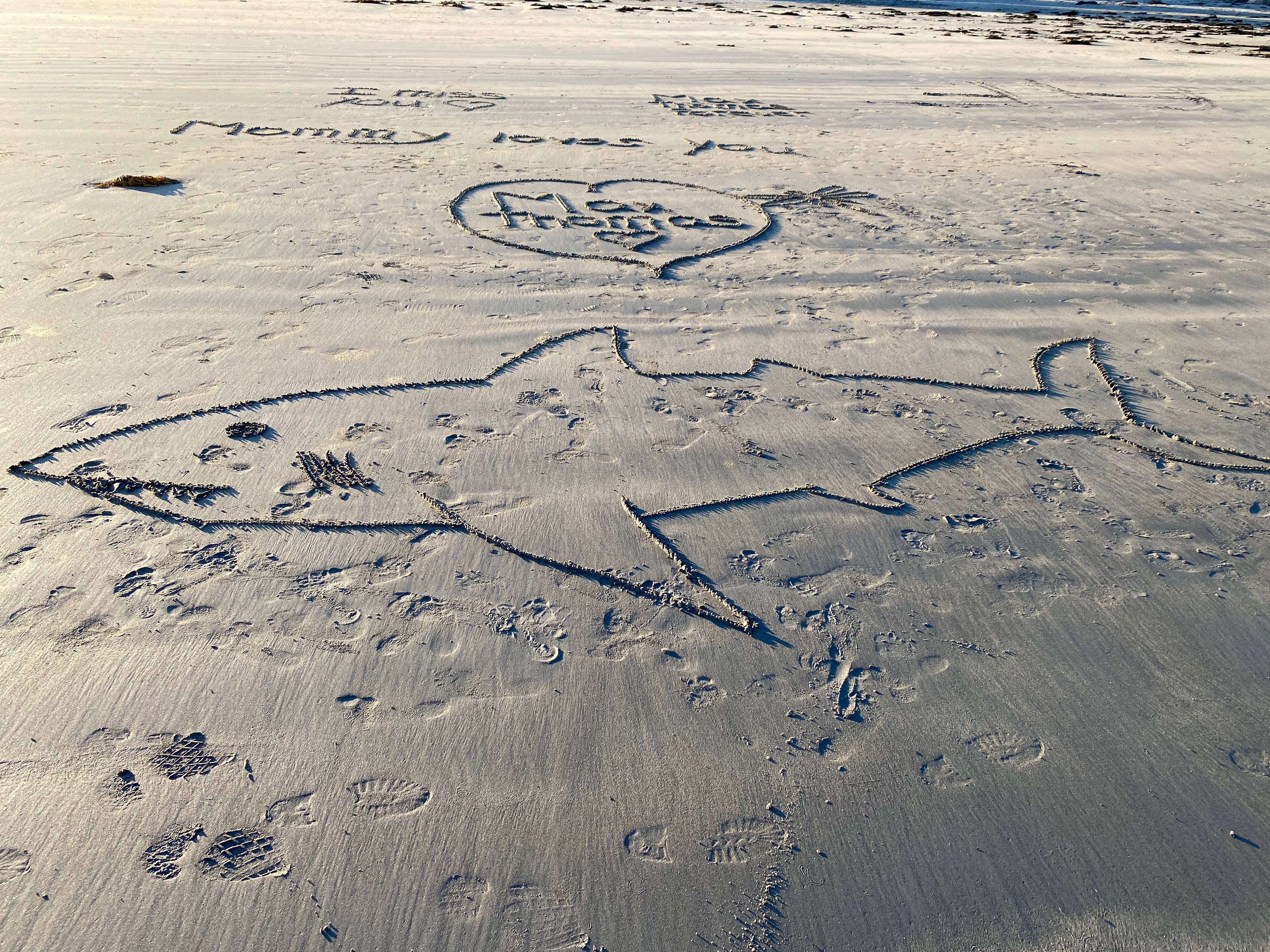
And with typical precision, Wayne left footprints.

We took a day trip to the town of Lunenburg. Founded in 1753, the town was one of the first British attempts to settle Protestants in Nova Scotia. In 1995, UNESCO designated it as a world heritage site. While touristy, the town hasn’t lost charm. It’s filled with original brightly colored structures, many of which were the original homes for early settlers eager to profit off the port and sea.
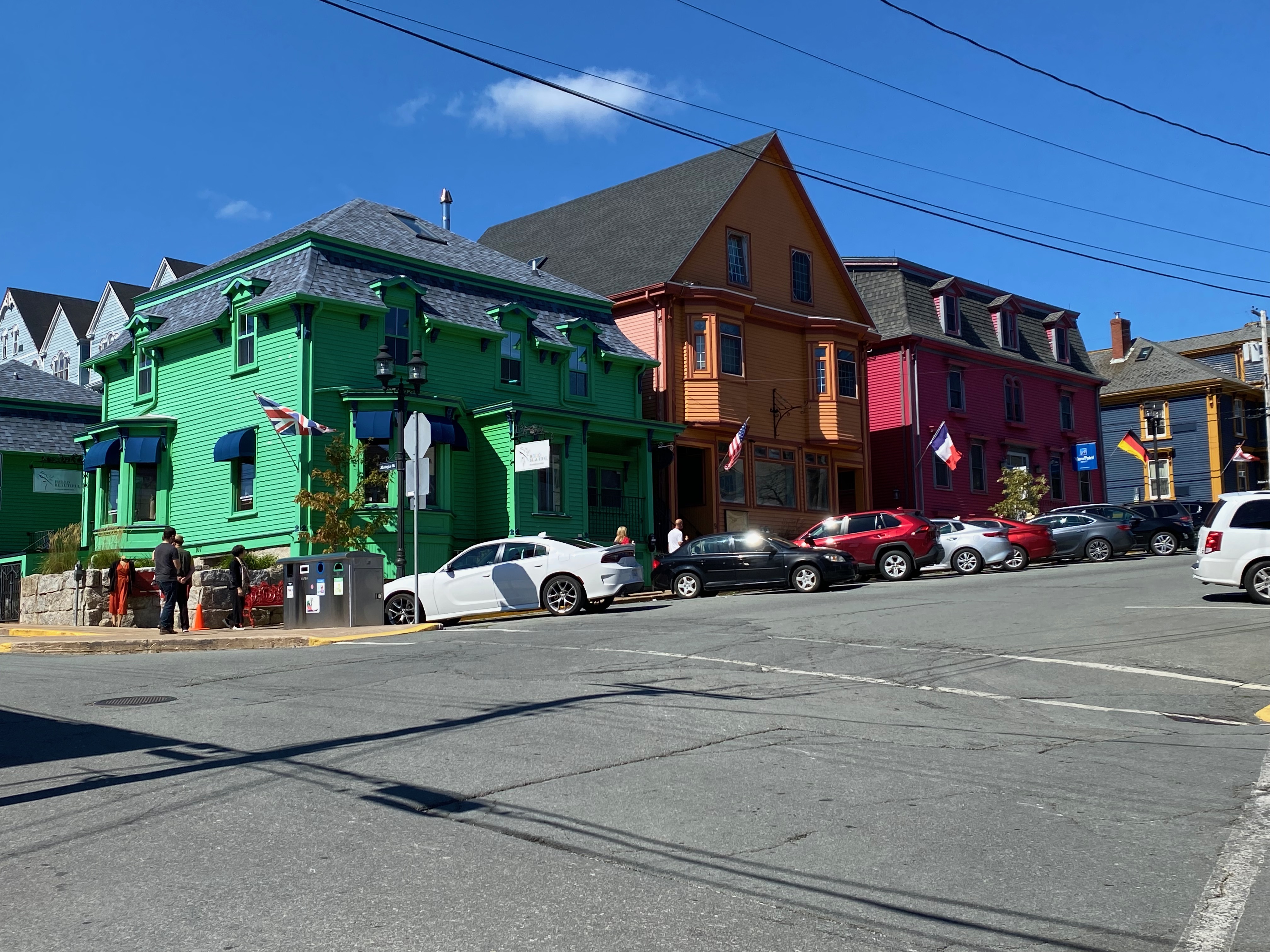
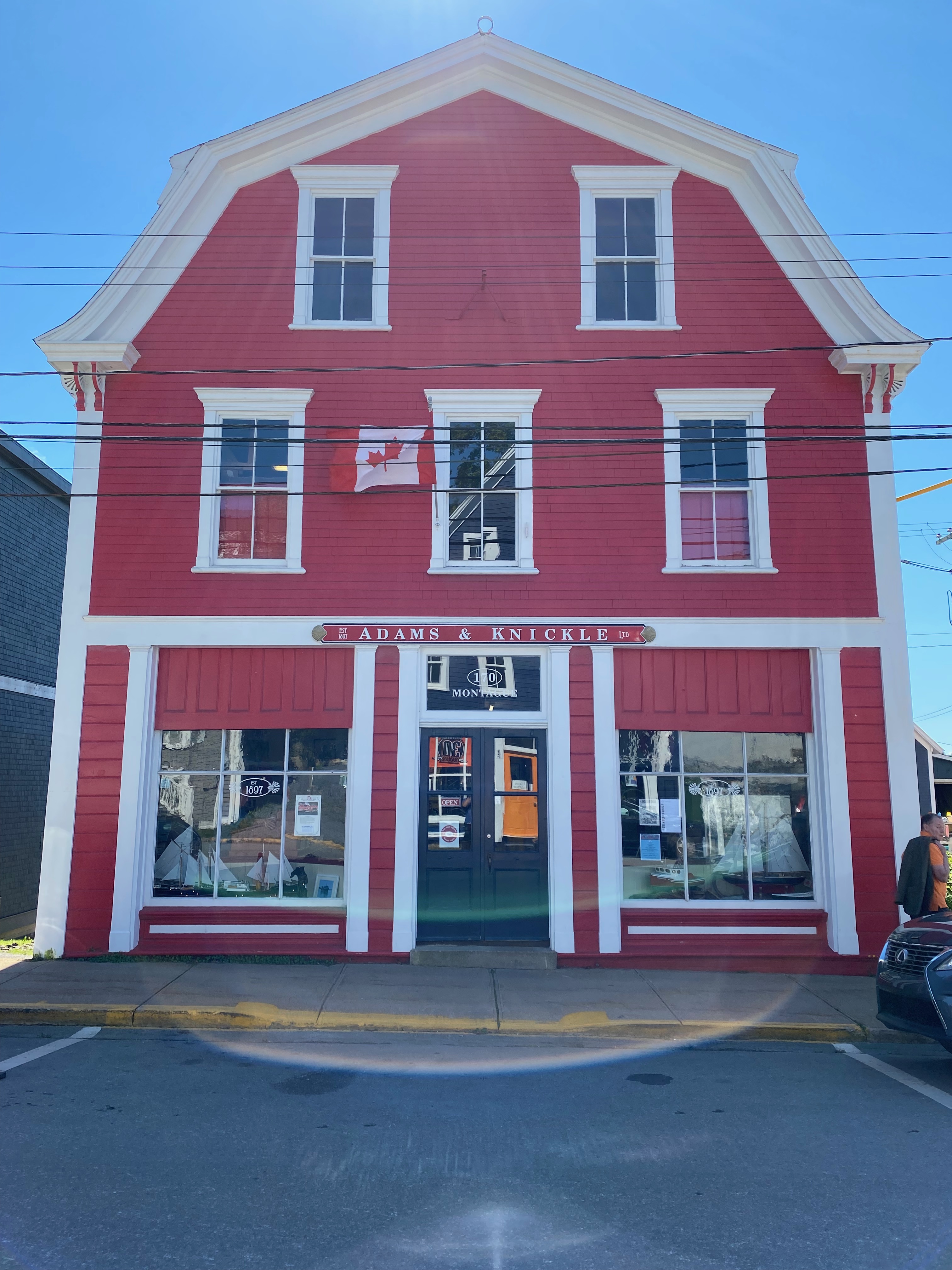
St. John’s Church was built during the French and Indian War, using the wood salvaged from an older disassembled church building. When King’s Chapel in Boston, Massachusetts, was expanded, its new stone structure was built around its original wooden church, which continued to be used. Then, when that new stone building was completed in 1754, King’s Chapel’s old wooden frame was disassembled from inside, removed through the new building’s windows, and shipped to Lunenburg.[3] Early on 1 November 2001, St. John’s church suffered significant damage by fire. It was restored and re-dedicated June 12, 2005. (Thank you, Wikipedia) As you can see, they are still tending to it with care.
Lunenburg is still an operating port town with many buildings occupied by the marine trades.
Why are flowers are so beautiful in coastal climates?
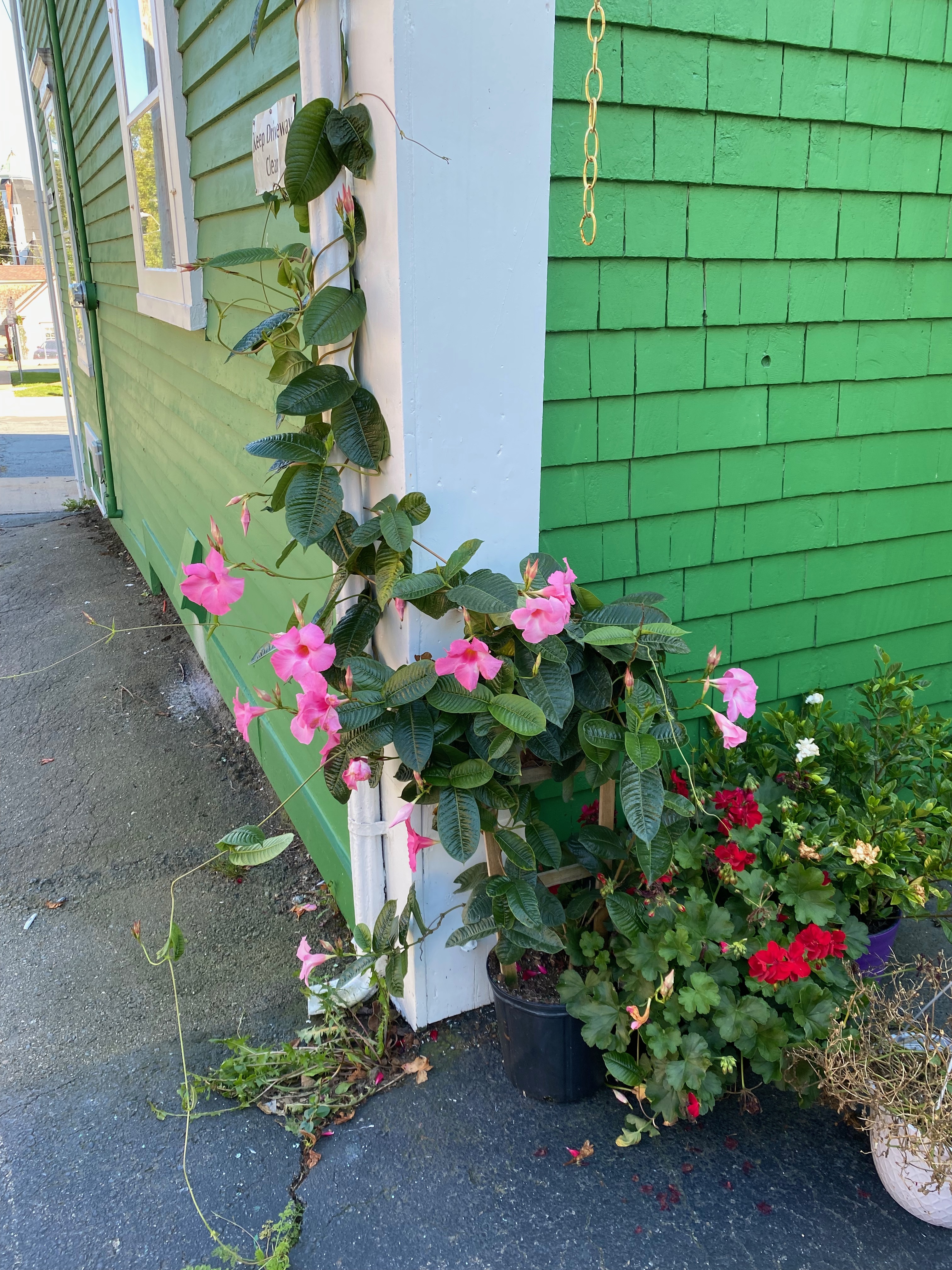
On a cautionary note, if you happen to be in Lunenburg, avoid the Dockside restaurant at all costs. You order a whole lobster, ask that it be served “whole” and you get dismembered limbs on a plate. See you tomorrow.
